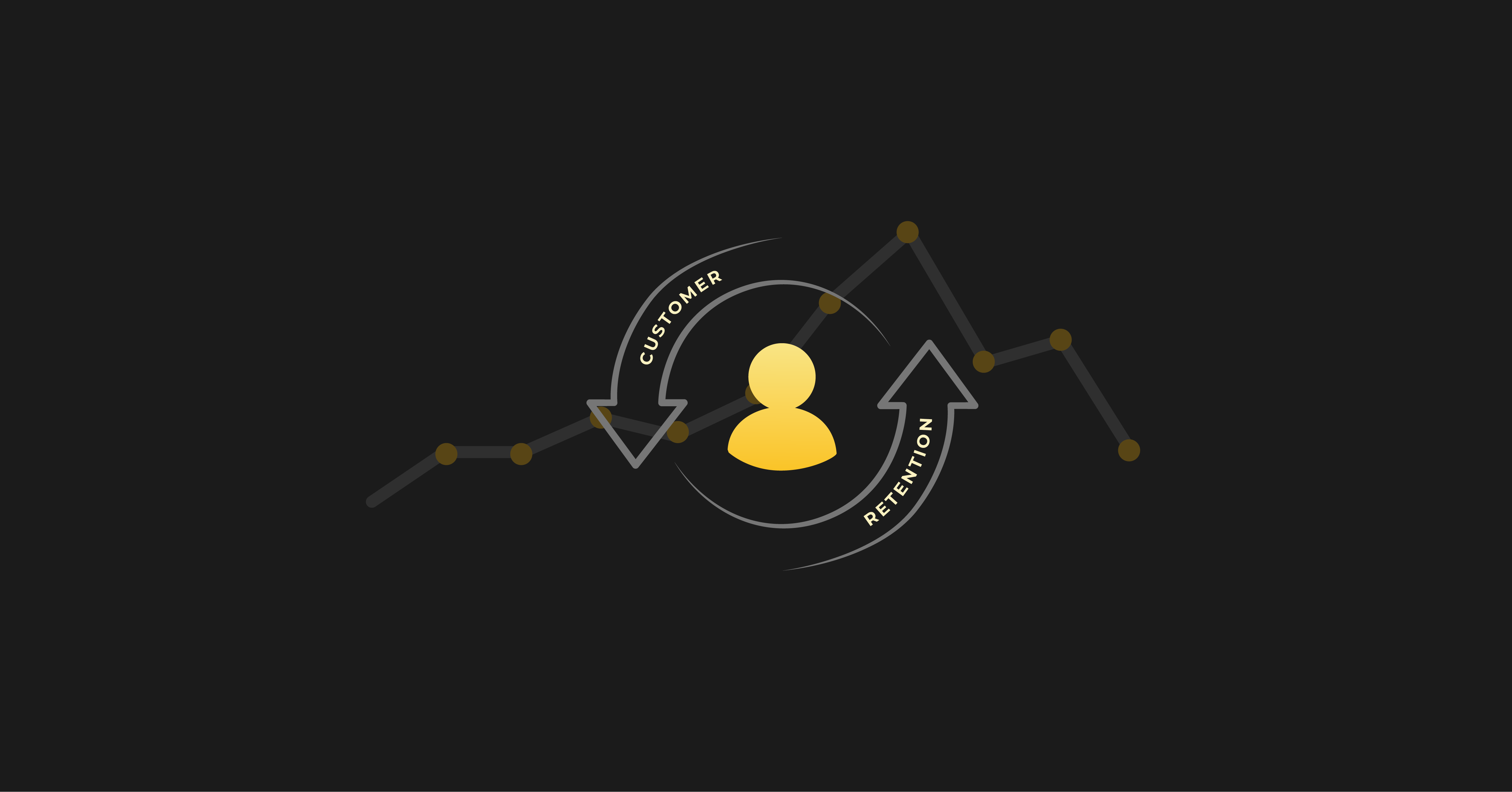Revenue per employee (or RPE) is a financial metric that measures the average revenue generated by each full-time employee in a company. It’s an efficiency ratio that helps evaluate the productivity and profitability of the workforce.
Calculating Revenue per Employee
To calculate RPE, companies typically use the equation of summing up the monthly recurring revenue over the last twelve months and dividing it by the current number of employees.
This provides an insight into how much annual recurring revenue (ARR) each employee earns for the business.
Revenue Per Employee Formula
RPE = Revenue/Current Number of Employees
Why Revenue Per Employee Is Important
Revenue per employee is an important metric for businesses for several reasons:
Efficiency Measurement
Revenue per employee is an efficiency ratio that helps measure the average revenue generated by each full-time employee. It provides insights into the productivity and efficiency of the workforce in generating profits for the company.
Identifying Areas of Improvement
By analyzing revenue per employee, businesses can identify areas where more staff may be needed or how to better utilize existing staff to maximize revenue. It serves as a valuable tool for identifying opportunities for improvement and optimizing resource allocation.
Cost Savings Opportunities
Monitoring revenue per employee can also help identify potential areas of cost savings. By understanding how revenue generation relates to the number of employees, businesses can identify inefficiencies and streamline operations to reduce costs while maintaining or increasing revenue.
Benchmarking Performance
Comparing revenue per employee with industry and company rankings can provide businesses with a benchmark to assess their performance. It allows them to gauge how they fare against their competitors and identify areas where they may need to improve to stay competitive.
Using Revenue Per Employee for Informed Decisions
By tracking revenue per employee over time, companies can identify trends and make informed decisions regarding their workforce and overall business strategy.
It can also be used as a benchmarking tool to compare performance against industry standards and competitors.
How RPE Drives Success in Product-Led Growth (PLG)
RPE is a valuable metric for assessing and driving efficiency and productivity in product-led growth (PLG) companies.
Here's why:
For Measuring Self-Service Effectiveness
PLG businesses often rely on self-serve models where customers discover, onboard, and utilize the product independently.
RPE measures how effectively the product and existing employees are driving revenue without the need for extensive human intervention. A higher RPE suggests that the product is efficiently contributing to revenue generation.
For Scaling Efficiency
As PLG companies scale, maintaining efficiency becomes critical.
Monitoring RPE as the company grows helps assess if the business is scaling efficiently. A rising RPE alongside revenue growth suggests that the company can expand without a proportional increase in staffing costs, demonstrating productivity.
For Identifying Bottlenecks
If RPE is not increasing in line with revenue growth, it may indicate bottlenecks in the customer acquisition or revenue generation processes. This can prompt PLG companies to investigate and address areas where efficiency and productivity improvements are needed.
For Customer Success and Product Quality
A high RPE doesn't only indicate sales efficiency but can also reflect customer satisfaction and product quality. When customers derive significant value from a product without requiring extensive support, it can lead to higher RPE, showcasing both efficiency and a successful product.
For Strategic Decision-Making
PLG companies can use RPE data to make informed decisions about workforce expansion, investments in automation, or adjustments to customer acquisition strategies. For example, if RPE is consistently rising, the company may invest more in automation to maintain efficiency during rapid growth.
To learn more about important SaaS metrics, including customer acquisition cost (CAC) and customer lifetime value (CLV), check out our Ultimate Guide to Key SaaS Metrics for Product-Led Companies. This comprehensive resource provides valuable insights and strategies for measuring and improving the financial performance of product-led businesses.
What Is a Good Revenue Per Employee?
There's no one-size-fits-all measure for what constitutes a "good" RPE in the context of product-led growth, as it heavily depends on the unique circumstances of your SaaS company.
Here assessing RPE for your product-led business, consider the following factors:
- Your Growth Model: The RPE can differ significantly based on your growth. Some companies implement a low-touch self-serve model, while other SaaS products require a product-led sales approach with a high-touch sales element.
- CAC: A healthy RPE should be higher than CAC to ensure profitability. If your RPE is significantly lower than CAC, it may indicate inefficiencies in your growth strategy.
- Efficiency and Scalability: Evaluate how efficiently you can scale your workforce to support your growth. If adding employees results in a proportionate increase in revenue, it can justify a higher RPE.
- Customer Success and Retention: In PLG, retaining and upselling existing customers is crucial. A higher RPE may be justifiable if you invest in a strong customer success team that maximizes customer lifetime value.
- Customer Lifetime Value (CLV): A higher RPE can be justified if your CLV is substantial. If customers generate significant revenue over their lifetime with your product, it may make sense to invest more in acquiring and serving them.
Recap on Revenue Per Employee
Revenue per employee is a vital metric that assesses how efficiently a company's workforce generates revenue. By dividing total revenue by the number of employees, businesses gain insights into productivity and profitability.
RPE serves as a compass for decision-making, helping companies identify trends, compare their performance to industry standards, and drive informed strategies. In product-led companies, RPE helps measure self-service effectiveness, scale efficiently, identify bottlenecks, and gauge customer satisfaction.
Check out our “Ultimate Guide to Key SaaS Metrics” and then learn more about applying product-led growth to scale your SaaS company.
Alternatively, if you’d like to work with a coach to implement these components into your business, check out ProductLed Academy.
It’s our intensive coaching program where we’ll help you build a strong foundation for product-led growth so that you can scale faster and with more control.
What’s unique about this program is we’ll work with you and your team to implement the proven ProductLed Method so that you can scale faster with less stress.
We’ll go through everything we went through today with your team to ensure everyone is working on building out solutions that will have an outsized impact.























